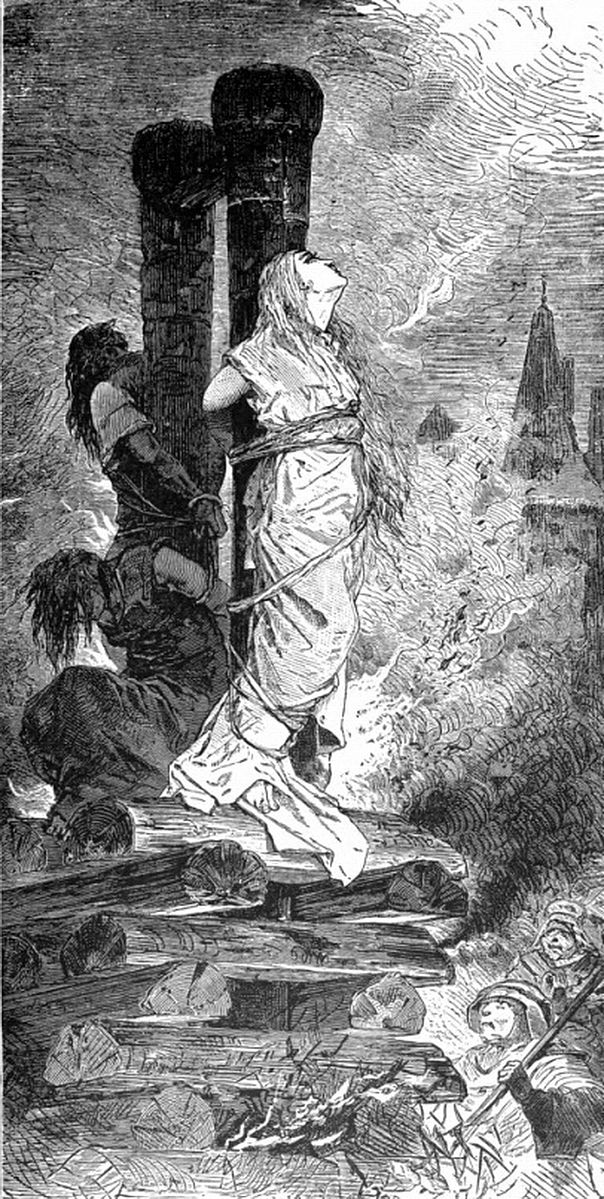Steije Hofhuis and Maarten Boudry in Cultural Science:
 The theory of Darwinian cultural evolution is gaining currency in many parts of the socio-cultural sciences, but it remains contentious. Critics claim that the theory is either fundamentally mistaken or boils down to a fancy re-description of things we knew all along. We will argue that cultural Darwinism can indeed resolve long-standing socio-cultural puzzles; this is demonstrated through a cultural Darwinian analysis of the European witch persecutions. Two central and unresolved questions concerning witch-hunts will be addressed. From the fifteenth to the seventeenth centuries, a remarkable and highly specific concept of witchcraft was taking shape in Europe. The first question is: who constructed it? With hindsight, we can see that the concept contains many elements that appear to be intelligently designed to ensure the continuation of witch persecutions, such as the witches’ sabbat, the diabolical pact, nightly flight, and torture as a means of interrogation. The second question is: why did beliefs in witchcraft and witch-hunts persist and disseminate, despite the fact that, as many historians have concluded, no one appears to have substantially benefited from them? Historians have convincingly argued that witch-hunts were not inspired by some hidden agenda; persecutors genuinely believed in the threat of witchcraft to their communities. We propose that the apparent ‘design’ exhibited by concepts of witchcraft resulted from a Darwinian process of evolution, in which cultural variants that accidentally enhanced the reproduction of the witch-hunts were selected and accumulated. We argue that witch persecutions form a prime example of a ‘viral’ socio-cultural phenomenon that reproduces ‘selfishly’, even harming the interests of its human hosts.
The theory of Darwinian cultural evolution is gaining currency in many parts of the socio-cultural sciences, but it remains contentious. Critics claim that the theory is either fundamentally mistaken or boils down to a fancy re-description of things we knew all along. We will argue that cultural Darwinism can indeed resolve long-standing socio-cultural puzzles; this is demonstrated through a cultural Darwinian analysis of the European witch persecutions. Two central and unresolved questions concerning witch-hunts will be addressed. From the fifteenth to the seventeenth centuries, a remarkable and highly specific concept of witchcraft was taking shape in Europe. The first question is: who constructed it? With hindsight, we can see that the concept contains many elements that appear to be intelligently designed to ensure the continuation of witch persecutions, such as the witches’ sabbat, the diabolical pact, nightly flight, and torture as a means of interrogation. The second question is: why did beliefs in witchcraft and witch-hunts persist and disseminate, despite the fact that, as many historians have concluded, no one appears to have substantially benefited from them? Historians have convincingly argued that witch-hunts were not inspired by some hidden agenda; persecutors genuinely believed in the threat of witchcraft to their communities. We propose that the apparent ‘design’ exhibited by concepts of witchcraft resulted from a Darwinian process of evolution, in which cultural variants that accidentally enhanced the reproduction of the witch-hunts were selected and accumulated. We argue that witch persecutions form a prime example of a ‘viral’ socio-cultural phenomenon that reproduces ‘selfishly’, even harming the interests of its human hosts.
More here.
